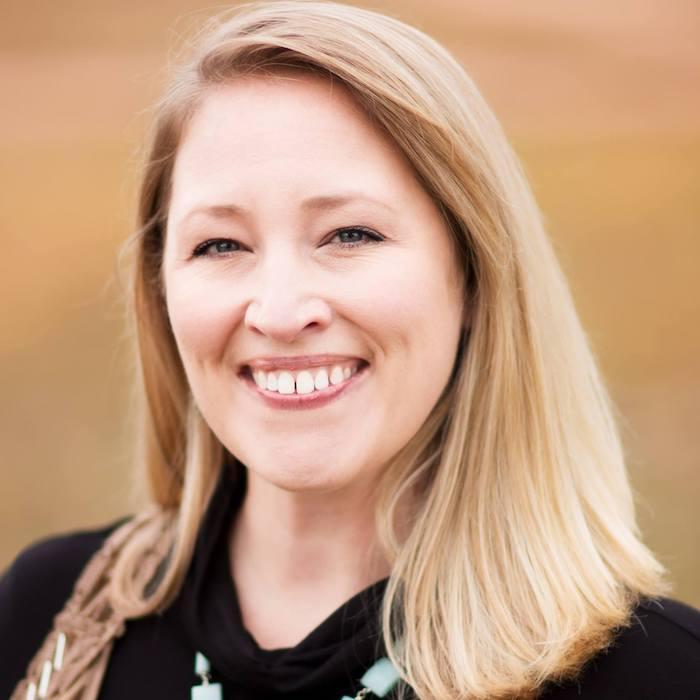Wisconsin no-tiller Bill Hurtgen is using tips gained at ‘night school’ to balance and build his soils and protect yields.
No-till, fertility management and herbicide rotation have saved Downing, Wis., multi-tasker Bill Hurtgen time and money. All are nuggets the relatively new farmer picked up attending a night class at his local technical college.
Hurtgen took over his family’s beef and dairy farm 15 years ago but wanted to try his hand at farming.
“I sold seed for Pioneer for 26 years. I wanted to try growing some of it to see what I could do with yields,” Hurtgen says. “It was a passion of mine, and it made sense because I want to slow down and get rid of the dairy cows.”
He now raises 250 acres of corn, 200 acres of soybeans and 175 acres of alfalfa hay. To help with the tough learning curve, Hurtgen looked to a winter night class on cash crops. This helped Hurtgen iron out some wrinkles in his operation, and it’s where he first gained confidence in the potential of no-till.
With his acreage growing and Hurtgen trying to split time between the dairy, the beef cows and farming, no-till was an appealing, time-efficient option. Neighbors had tried it with poor results, so he was hesitant.
“The first year, I put my first no-till acres on the back 40 where no one could see them,” Hurtgen recalls. But his corn came up fine and looked as good as any of his other fields. His no-till acres are front-and- center now for all his neighbors to see.
“Last year I hit 209, 213 and 239 bushels per acre in my checks and have averaged 185 to 190 bushels of corn per acre on all my no-till acres,” Hurtgen says.
Fertilizer Placement
One classroom lesson got Hurtgen thinking about his fertility program, leading him to soil-sample half of his farm on a 2.5-acre grid in 2008.
“I never was a big soil tester. I thought I could figure out my fertility needs on my own,” Hurtgen says. “The soil-test results surprised me. In places where I thought the soil was good, I discovered I wasn’t getting the best yields I could get. And in the places I knew were off, I also found out what was wrong.”
That led Hurtgen to variable-rate broadcast about 150 pounds of phosphorous and potash to his tested fields in the fall.
“With the GPS-guided, variable-rate application, the rates were more accurate and more economical,” Hurtgen says.

"The chemicals aren’t much more expensive and they actually work, so I’ve been able to get even better yields..."
— Bill Hurtgen
Having just converted from alfalfa hay to cash crops in the last 10 years, Hurtgen has struggled with the functionality of his equipment. His spreader never seemed capable of putting down the same rate twice, so he truly stood to benefit from an accurate, economical custom variable-rate application. Hurtgen also used soil test results to determine variable-rate lime applications.
“I had one 50-acre field where I would apply 100 tons of lime every year,” he says. “With the soil test and variable-rate application we only needed 88 tons to correct the soil to 6.5 pH. That saved me 12 tons of lime.”
In the spring, Hurtgen has 200 pounds of urea custom-applied with a spinner truck, using GPS to reduce overlap. The urea goes down with a herbicide application before planting.
He also puts down 190 pounds of dry starter fertilizer (9-23-30) with zinc and sulfur with his planter.
“We recently added zinc and sulfur to the mix because our agronomist recommended it, based on our soil tests,” Hurtgen says.
Hurtgen wants his new, balanced fertility program to build his soils in order to protect yields in the long run.
“In farming you have to figure out what is an investment and what is a cost,” Hurtgen says. “For me, inputs like phosphorous and lime are an investment.”
He noted that a $10,000 potassium investment was a little easier to take with higher corn and soybean prices. Continued strong markets should help him reach his ultimate goal sooner.
“The grid soil-test maps show different colors where your field needs correction,” Hurtgen says. “When we soil-test again I’m shooting for a map that’s all one color, indicating we’ve balanced needs with lime, phosphorous and potash. I want to be build a buffer so I can grow crops without fully depleting the soil.”
Mix Up Herbicides
Weed control isn’t a place to cut corners, especially in no-till, Hurtgen says. He grew up with his father relying on atrazine and oil.
“It was cheap, but it didn’t work,” Hurtgen says. “Now I’ m working with an agronomist to use the right chemicals for the best result.”
Rotating chemicals to prevent resistant weeds is part of Hurtgen’s strategy. He mixes SureStart herbicide with his spring fertilizer application to burn down weeds before planting, and to get some residual control.
He comes back later in the season with another residual chemical. In-season residual control is key because Hurtgen struggles with velvetleaf, a late-season pest.
Roundup Ready soybeans then allow Hurtgen to mix up his chemical rotation.
“The chemicals aren’t much more expensive and they actually work, so I’ve been able to get even better yields,” Hurtgen says.
Hurtgen continues to attend his winter night classes, picking up tips for growing, managing and marketing his no-till crops.
“You can’t ever learn enough about farming,” Hurtgen says. “There’s always some way you can make your operation better.”






